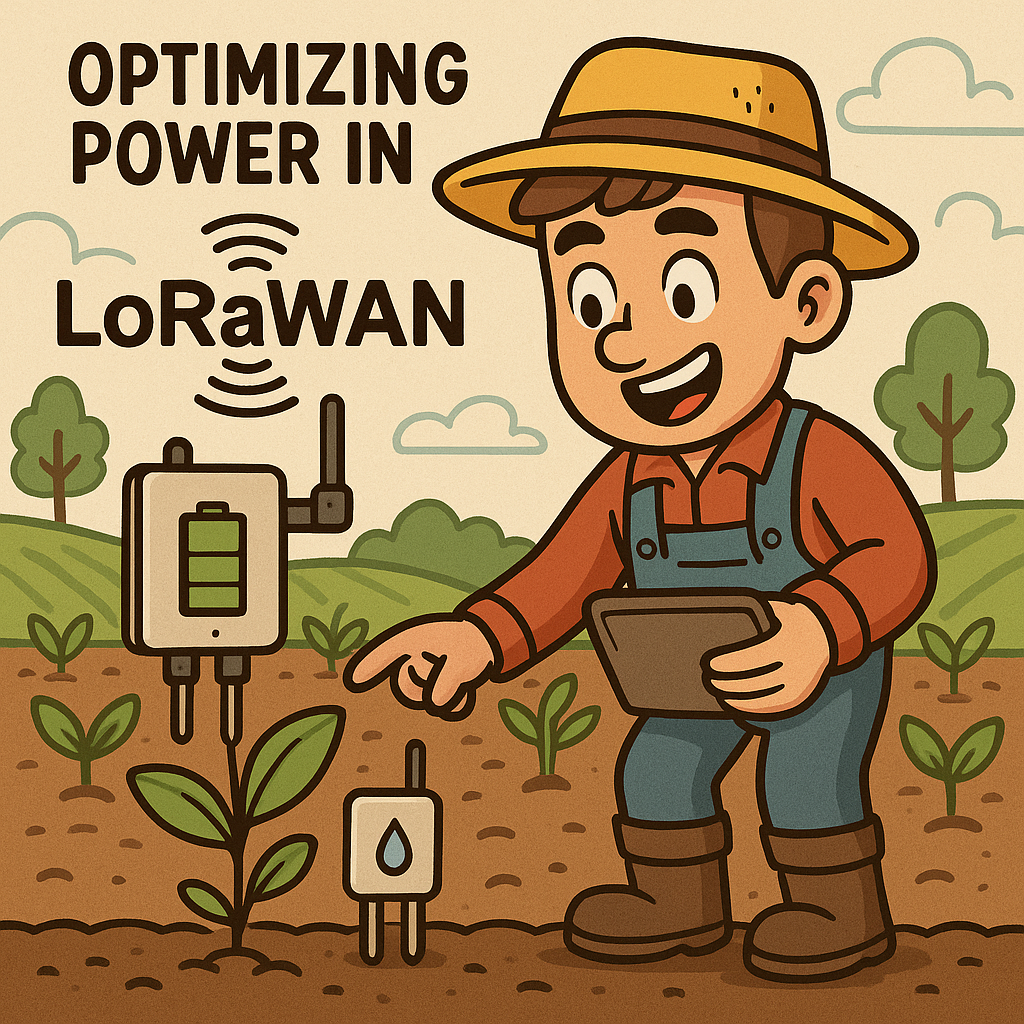Understanding the Role of Power Management in LoRaWAN Soil Moisture Sensors
As the agricultural sector increasingly turns toward precision farming, the integration of Internet of Things (IoT) technologies, such as LoRaWAN-enabled soil moisture sensors, has gained traction. These sensors play a crucial role in monitoring soil conditions, allowing farmers to make data-driven irrigation decisions. However, optimizing power management in these devices is paramount, especially when they operate in remote locations where battery replacements are challenging.
Challenges of Power Consumption in IoT Devices
One of the primary challenges in deploying LoRaWAN soil moisture sensors is their power consumption. These sensors often rely on batteries, and the longevity of these power sources directly impacts the operational efficiency of the entire system. Traditional sensors may consume significant power during data transmission, especially when communicating over long distances using LoRaWAN technology. This becomes problematic, as frequent battery replacements can lead to increased operational costs and sensor downtime.
Hardware Considerations for Low Power Consumption
To tackle power management effectively, engineers must consider the hardware components of the sensor. Key components include:
- Microcontroller Unit (MCU): Selecting an ultra-low-power MCU is critical. For instance, MCUs from the ARM Cortex-M series offer various sleep modes, allowing the device to remain in a low-energy state when not actively measuring or transmitting data.
- LoRa Transceiver: The choice of transceiver impacts power consumption significantly. Devices like the Semtech SX1276 are designed to minimize power usage during transmission and have a configurable output power, which can be adjusted based on the distance to the gateway.
- Sensors: The soil moisture sensor itself should be chosen based on its energy requirements. Capacitive sensors tend to consume less power compared to resistive sensors, making them a better choice for battery-operated applications.
Firmware Optimization Techniques
While hardware plays a pivotal role, firmware optimization is equally essential in reducing power consumption. Implementing effective power management algorithms can significantly extend battery life. Some techniques include:
- Sleep Modes: The firmware should leverage the MCU’s sleep modes. By keeping the sensor in a low-power state between measurements and only waking up for data collection and transmission, power consumption can be dramatically reduced.
- Adaptive Sampling: Instead of taking measurements at fixed intervals, adaptive sampling can be employed. The sensor can adjust its sampling rate based on soil moisture levels, only increasing frequency during critical irrigation periods.
- Data Aggregation: Instead of sending each reading individually, aggregating data over a set period before transmission can minimize the frequency of communication—thereby conserving battery life.
Real-World Design Tradeoffs
When designing these systems, engineers often face trade-offs between accuracy, power consumption, and cost. For instance, increasing the frequency of data transmission can lead to more accurate and timely insights but at the expense of battery life. Similarly, using higher-quality components may improve accuracy but increase overall costs. It’s essential to strike a balance that aligns with the farmer’s needs and budget.
Case Study: Implementing a LoRaWAN Soil Moisture Sensor
Consider a scenario where a farmer deploys a network of LoRaWAN soil moisture sensors across a large field. The initial design prioritized high accuracy, leading to frequent data transmissions. However, after a few months, it became evident that the batteries were depleting faster than anticipated. The farmer faced increased costs and downtime due to battery replacements.
To mitigate these issues, the design was revisited. The team implemented adaptive sampling and enhanced the firmware to utilize deeper sleep modes. They also adjusted the transmission power of the LoRa transceiver based on the distance to the gateway, resulting in substantial power savings. After these changes, the sensors operated efficiently for over a year without requiring battery replacements, showcasing the effectiveness of thoughtful power management.
Conclusion: The Future of Power Management in Precision Agriculture
As the demand for precision agriculture continues to grow, optimizing power management in LoRaWAN-enabled soil moisture sensors will remain a critical focus. The convergence of hardware innovation, firmware advancements, and smart algorithms will pave the way for more efficient and sustainable farming practices. By understanding the intricacies of power consumption and making informed design decisions, engineers can significantly enhance the performance and longevity of these vital agricultural tools.



